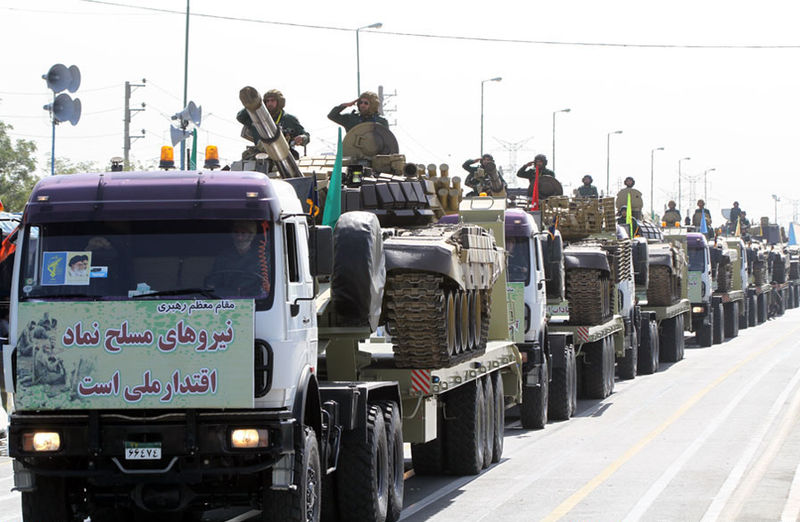
The New York Times reported yesterday that DOD (Department of Defense) has assembled a plan to move as many as 120,000 U.S. troops to the Middle East. The article is here: https://www.nytimes.com/2019/05/13/world/middleeast/us-military-plans-iran.html
A few quotes (bolding in mine):
- “…last Thursday, Acting Defense secretary Patrick Shanahan presented an updated military plan that envisions sending as many as 120,000 troops to the Middle East….
- “…should Iran attack American forces or accelerate work on nuclear weapons, administration officials said.”
- “They do not call for a land invasion of Iran, which would require vastly more troops, officials said.”
- “More than a half-dozen American national security officers….agreed to discuss them with the The New York Times….”
Now, this really cannot be an invasion force for Iran. Iran is a country of 82 million people with an armed force of over 500,000. Of that force, the Iranian Revolutionary Guard Corps makes up 120,000 (about 100,000 in their ground forces) while the Iranian Army consist of 350,000. They also have a 37,000 person air force, 18,000 person navy and 15,000 air defense force. Their army budget is 2 trillion, which is about 0.3 percent of what we spend. All this data is from Wikipedia.
We occupied Iraq in 2003 with an initial invasion force of 75,000 U. S. ground troops, and that ended up not going too well. Iraq had a population of 24 million at the time. Also, Tehran is a long way from the Persian Gulf. Assuming we have learned something in the interim, this probably means we would be looking for an invasion force of several hundred thousand. So, this is probably not an invasion force.
I assume a significant portion of this force is air and naval.
We did previously intervene in the Persian Gulf during the “Tanker War” between Iran and Iraq. These two nations had been at war since 1980. It is estimated that during their “Tanker War” (1984-1988) 430 civilian sailors were killed. The U.S. became involved on 23 July 1987 with Operation Earnest Will. This operation, which including escorting tankers in the Persian Gulf, led to a U.S. build up of over 30 warships. The biggest loss of American life was an incident that occurred before the tanker escort operation was declared when on 17 May 1987 an Iraqi (not Iranian) F-1 Mirage plane accidently fired two Exocet missiles at the USS Stark, with 37 sailors killed and 21 wounded. The U.S. also lost 2 U.S. Marines killed during Operation Praying Mantis on 18 April 1988 and 10 U.S. Navy wounded on 14 April 1988 (from the USS Samuel B. Roberts hitting a mine). U.S. ships were fired upon, struck mines or took other military actions on July 24 1987, September 22-26, October 10, October 15, October 18, April 14, April 18, July 3 and July 14 1988. There were at least 18 U.S. civilian seamen injured by (Iranian) mines.
During Operation Praying Mantis Iran lost the frigate Sahand (45 crew killed), a gunboat (11 crew killed) and 3 speedboats. They also lost 5 killed in a U.S. raid on Iran Ajr on 22 September 1987 and three other Iranian boats were sunk shortly afterwards. There were some other losses, but I have not tracked them all.
Then there was the USS Vincennes which on 3 July 1988 sunk two Iranian gunboats and then accidently shot down Iran Air Flight 655 for the loss of 290 civilians.
